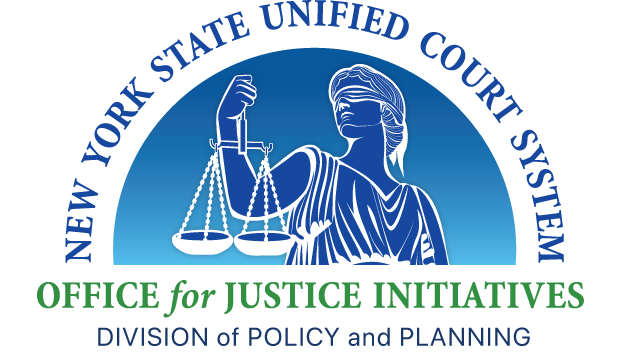Attorneys and Elder Abuse Prevention FAQs
What is an appropriate way to speak to an older adult who I suspect is experiencing abuse?
It is critical that you speak to the older adult alone to create an environment safe for disclosure. Make sure the older adult has the assistive devices necessary to participate in the conversation fully, such as glasses or hearing aids. Start with simple questions about the older person’s daily activities. Try not to use the word “abuse.” Instead, ask if the older person is properly respected or if the older person is afraid of anyone they know. Never promise to keep abuse a secret. Instead, educate the older adult about available options and create a safety plan together. Always leave the older adult with information about available resources.
A person is considered disabled for purposes of the ADA if he or she has a physical or mental impairment that substantially limits a major life activity. “Major life activities” include, but are not limited to: performing manual tasks, seeing, hearing, walking, standing, sitting, speaking, breathing, reading, communicating, and the operation of a major bodily function. 28 CFR 35.108(c)(1)(i, ii). “Substantially limits” is to be construed broadly and is not intended to be a demanding standard. 28 CFR 35.108(d)(1)(i).
What is elder abuse?
According to the Centers for Disease Control and Prevention, elder abuse is an intentional act or failure to act by a caregiver or another person in a relationship involving an expectation of trust that causes or creates a risk of harm to an older adult. In New York, there is no authoritative legal definition of elder abuse.
How prevalent is elder abuse?
Elder abuse is a widespread, growing phenomenon and attorneys like you are effectively positioned to identify, address and remedy incidents of elder abuse within your pool of clients or potential clients. According to the 2011 Under the Radar: New York State Elder Abuse Prevalence Study, 14% of all older adults in New York State have experienced some form of elder abuse since turning 60. Yet, for every elder abuse incident documented by law enforcement or social service agencies, nearly 24 go unreported. Nationwide, elder financial abuse results in an annual financial loss to victims of $36.48 billion, according to a 2015 study by TrueLink Financial.
How do you know if your client is experiencing elder abuse?
Indicators of abuse include:
- Social and physical isolation
- Family members or caregivers restrict the older adult’s contact with others
- Older adult is not given the opportunity to speak with others without the family member or caregiver present
- Unkempt or dirty appearance
- Agitation, trembling, confusion and/or disorientation
- Confusion about finances and transactions
- Emotional distress like crying and/or depression
- Withdrawn or flat/unemotional affect
- Unexplained injuries
Should I raise the subject of elder abuse with my client?
Yes. Speak with the client alone, away from any friends, relatives or caregivers who may have accompanied the client to your office. Attempt to make your client comfortable. Try to ensure that your client has the appropriate glasses, hearing aids or other assistance needed to participate fully in a conversation, as sensory impairments can often be a barrier to meaningful dialogue. Ask questions about the aspects of the client’s situation that are troubling to you, beginning with less invasive, less threatening topics and language. For example, you might consider using the term “mistreatment” instead of “abuse”. Remember that your client may react with some degree of fear, shame or shock. Develop a plan for your client to contact you independently for follow up. Be sure to follow up if you say you will. Consider integrating some questions that screen for elder abuse in your standard intake process.
What is an appropriate way to speak to an older adult who I suspect is experiencing abuse?
It is critical that you speak to the older adult alone to create an environment safe for disclosure. Make sure the older adult has the assistive devices necessary to participate in the conversation fully, such as glasses or hearing aids. Start with simple questions about the older person’s daily activities. Try not to use the word “abuse.” Instead, ask if the older person is properly respected or if the older person is afraid of anyone they know. Never promise to keep abuse a secret. Instead, educate the older adult about available options and create a safety plan together. Always leave the older adult with information about available resources.
Are there certain types of documentary evidence that indicate financial abuse/exploitation?
Yes. Such evidence may include:
- Activity deviating from usual banking patterns
- Requests for additional ATM cards or first time use of ATM card
- Opening a joint account
- Changing power of attorney, changing account beneficiary, or opening inappropriate investments
- Sudden property transfers or changes to will or other estate planning documents
- New authorized signers on signature cards
- Mail redirected to a new address
- Checks written out of numerical order
- Flurry of bounced checks/overdraft fees or low balances
- Large withdrawals from previously inactive accounts
- Checks written out of numerical order
- Frivolous or baseless guardianship petition


